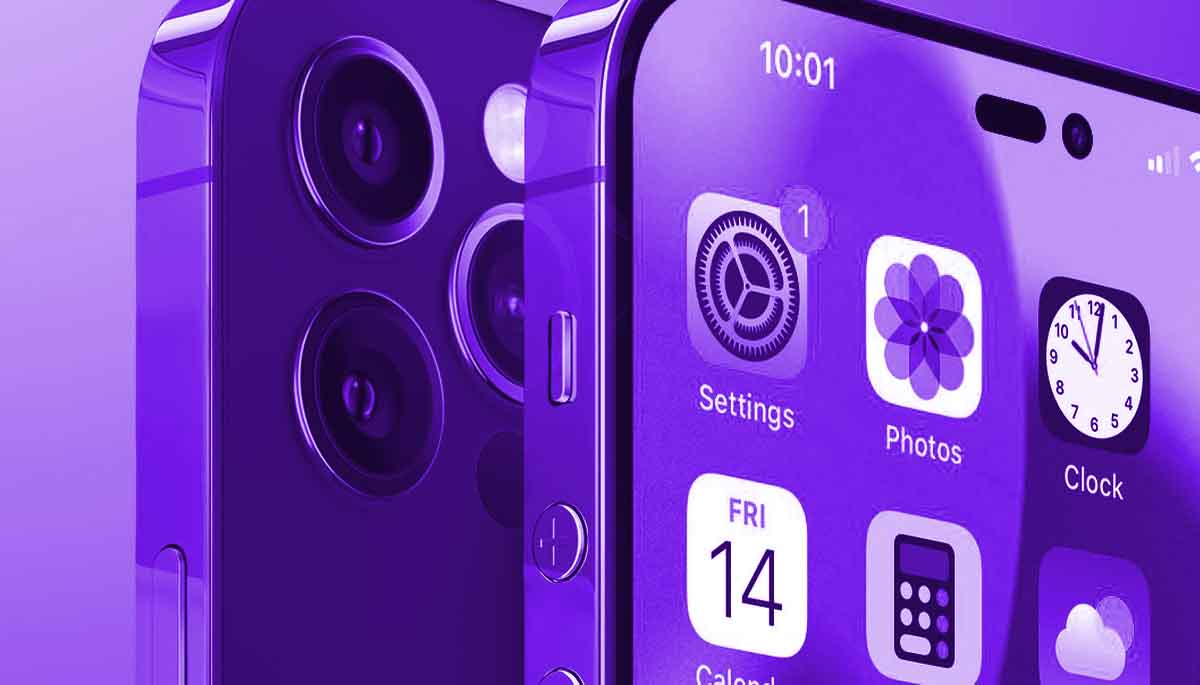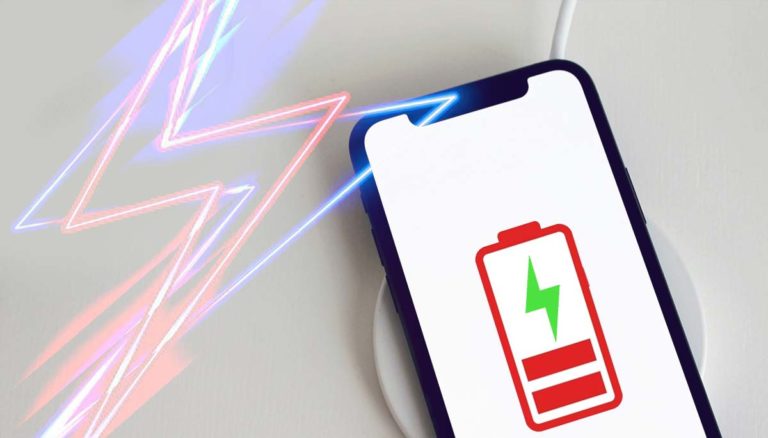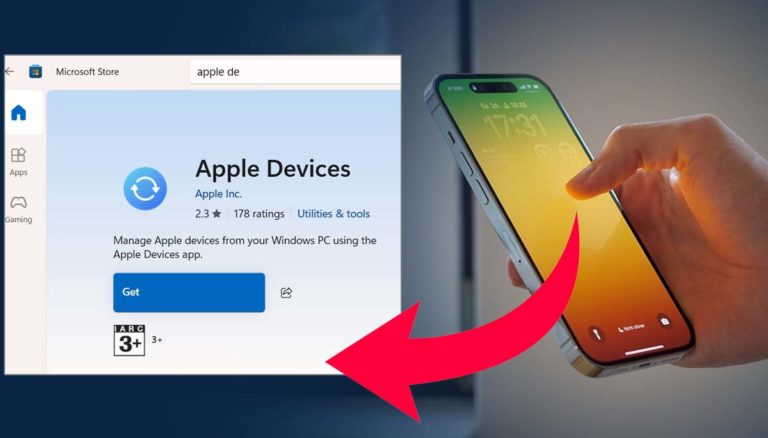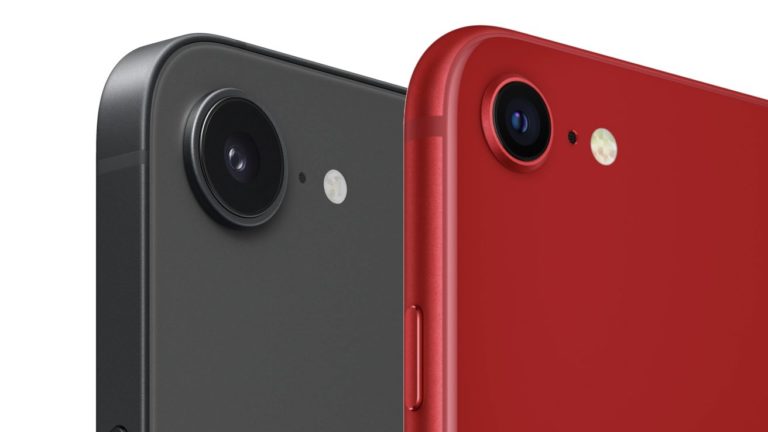
First, let’s take a look at the iPhone’s CPU. The iPhone uses a variety of CPUs depending on the model and generation. For example, the iPhone 12 uses a A14 Bionic chip, which is based on a 6-core CPU design. This chip is manufactured using a 5 nanometer process, which allows for a higher level of performance and efficiency compared to older chips that were manufactured using a larger process.

The A14 Bionic chip is designed specifically for the iPhone and is optimized for the tasks that it performs. It has two high-performance cores and four high-efficiency cores, allowing it to handle demanding tasks while still being energy efficient. The A14 Bionic chip also includes a machine learning accelerator, which helps the phone perform tasks like image recognition and language translation more efficiently.
In comparison, Mac OS X uses a variety of CPUs depending on the model of the computer. For example, the latest Macs use Apple’s own M1 chip, which is based on a 8-core CPU design. The M1 chip is also manufactured using a 5 nanometer process, like the A14 Bionic chip in the iPhone.
The M1 chip is designed specifically for Macs and is optimized for the tasks that they perform. It has four high-performance cores and four high-efficiency cores, similar to the A14 Bionic chip in the iPhone. The M1 chip also includes a machine learning accelerator and a graphics processor, which helps it perform tasks like image and video processing more efficiently.
One key difference between the CPUs used in the iPhone and Mac OS X is the number of cores. The iPhone’s A14 Bionic chip has 6 cores, while the M1 chip used in Macs has 8 cores. This means that the M1 chip may be able to handle more demanding tasks or multiple tasks at the same time more efficiently than the A14 Bionic chip.
Another difference is the specific tasks that the CPUs are optimized for. The A14 Bionic chip is optimized for the tasks that the iPhone performs, such as running apps, playing music and videos, and connecting to the internet. The M1 chip is optimized for the tasks that Macs perform, such as running productivity software, playing games, and editing video.
In terms of overall performance, both the A14 Bionic chip in the iPhone and the M1 chip in Macs are extremely powerful and capable of handling a wide range of tasks. However, the M1 chip may have an advantage in certain scenarios due to its additional cores and specialized design for Macs.
Overall, the CPU is a crucial component of both the iPhone and Mac OS X, responsible for executing instructions and performing calculations. The specific CPU used in each device can vary, but both the A14 Bionic chip in the iPhone and the M1 chip in Macs are powerful and efficient processors designed to handle the tasks needed to run their respective operating systems.



